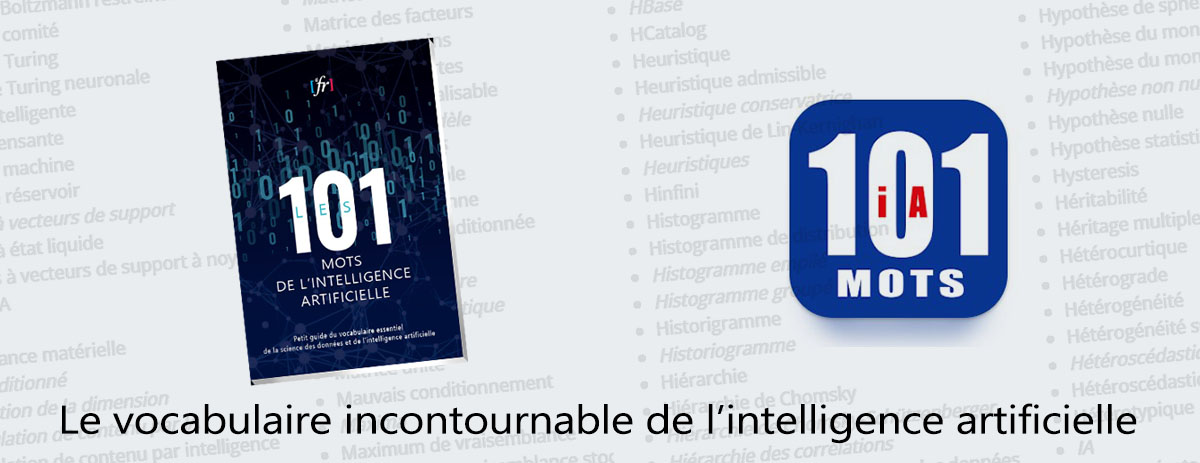« Algorithme des k plus proches voisins à cible structurée » : différence entre les versions
(Page créée avec « ==en construction== == Définition == XXXXXXXXX == Français == ''' XXXXXXXXX ''' == Anglais == ''' Structured kNN''' Structured k-Nearest Neighbours [1] [2] [3] is a... ») |
Aucun résumé des modifications |
||
| Ligne 1 : | Ligne 1 : | ||
== Définition == | == Définition == | ||
[[Algorithme des k plus proches voisins]] dont l'étiquette à prédire (cible) n'est pas une valeur simple, mais une valeur structurée. | |||
== Français == | == Français == | ||
''' | ''' Algorithme des k plus proches voisins à cible structurée ''' | ||
''' Algorithme des k plus proches voisins structurés ''' | |||
== Compléments == | |||
Par exemple, en traitement automatique de la langue, pour une phrase, l'étiquette cible pourrait être une structure syntaxique. | |||
== Anglais == | == Anglais == | ||
''' Structured kNN algorithm''' | |||
''' Structured kNN''' | ''' Structured kNN''' | ||
As an example, a sample instance might be a natural language sentence, and the output label is an annotated parse tree. Training a classifier consists of showing pairs of correct sample and output label pairs. After training, the structured kNN model allows one to predict for new sample instances the corresponding output label; that is, given a natural language sentence, the classifier can produce the most likely parse tree. | <!--Structured k-Nearest Neighbours [1] [2] [3] is a machine learning algorithm that generalizes the k-Nearest Neighbors (kNN) classifier. Whereas the kNN classifier supports binary classification, multiclass classification and regression,[4] the Structured kNN (SkNN) allows training of a classifier for general structured output labels. | ||
As an example, a sample instance might be a natural language sentence, and the output label is an annotated parse tree. Training a classifier consists of showing pairs of correct sample and output label pairs. After training, the structured kNN model allows one to predict for new sample instances the corresponding output label; that is, given a natural language sentence, the classifier can produce the most likely parse tree. --> | |||
| Ligne 22 : | Ligne 26 : | ||
[https://en.wikipedia.org/wiki/Outline_of_machine_learning#Machine_learning_algorithms Source : Wikipedia Machine learning algorithms ] | [https://en.wikipedia.org/wiki/Outline_of_machine_learning#Machine_learning_algorithms Source : Wikipedia Machine learning algorithms ] | ||
[[Catégorie: | [[Catégorie:Publication]] | ||
[[Catégorie:Wikipedia-IA]] | [[Catégorie:Wikipedia-IA]] | ||
Version du 29 mai 2023 à 14:14
Définition
Algorithme des k plus proches voisins dont l'étiquette à prédire (cible) n'est pas une valeur simple, mais une valeur structurée.
Français
Algorithme des k plus proches voisins à cible structurée Algorithme des k plus proches voisins structurés
Compléments
Par exemple, en traitement automatique de la langue, pour une phrase, l'étiquette cible pourrait être une structure syntaxique.
Anglais
Structured kNN algorithm Structured kNN

Contributeurs: Patrick Drouin, wiki






